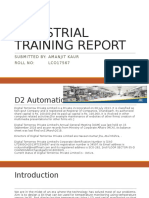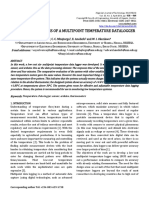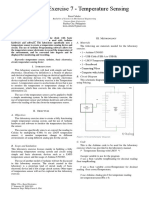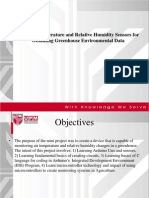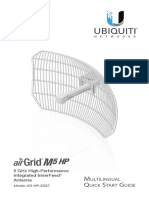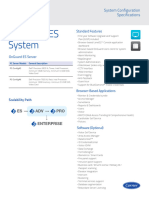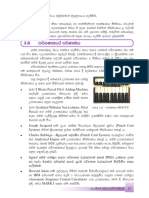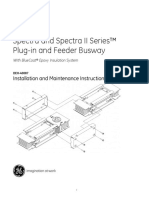0% found this document useful (0 votes)
38 views7 pagesProject Report
The document describes a project to build a temperature data logger using an Arduino, LM35 temperature sensor, and SD card. It includes the objectives, components, design, implementation, testing procedures, and conclusions of the project.
Uploaded by
Shuvo RoyCopyright
© © All Rights Reserved
We take content rights seriously. If you suspect this is your content, claim it here.
Available Formats
Download as PDF, TXT or read online on Scribd
0% found this document useful (0 votes)
38 views7 pagesProject Report
The document describes a project to build a temperature data logger using an Arduino, LM35 temperature sensor, and SD card. It includes the objectives, components, design, implementation, testing procedures, and conclusions of the project.
Uploaded by
Shuvo RoyCopyright
© © All Rights Reserved
We take content rights seriously. If you suspect this is your content, claim it here.
Available Formats
Download as PDF, TXT or read online on Scribd
/ 7























